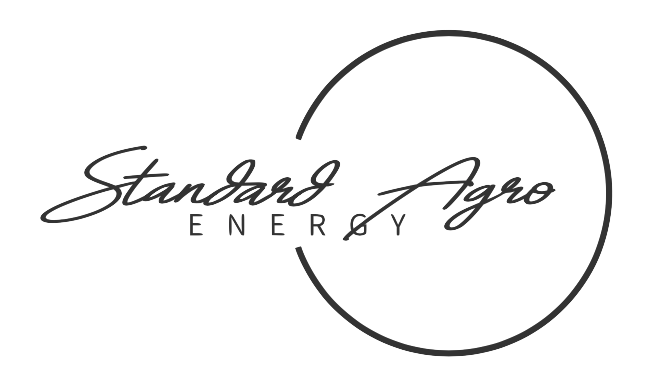We are in long-term partnership with fertiliser production facilities, blending plants and warehouse owners which enable us to store and have product availability all year round.
We have developed a reputation for providing high quality and reliable Products to our customers. Over the past few years, we have been able to trade and supply nitrogenous based fertilisers to the market for exports and local consumption.
Di-ammonium Phosphate
Diammonium phosphate (DAP) is the world’s most widely used phosphorus fertiliser. Its relatively high nutrient content and excellDiammonium phosphate (DAP) is the world’s most widely usedphosphorus fertiliser. Its relatively high nutrient content and excellent physical properties make it a popularfarming choice in farming and other industries. With high nutrient contents, Di-ammonium phosphate (DAP) is our most popular type of fertiliser worldwide. It has a pH of 7.5 and is comprised of 18% nitrogen, 46% phosphorus.ent physical properties make it a popular choice in farming and other industries. With high nutrient contents, Di-ammonium phosphate (DAP) is our most popular type of fertiliser worldwide. It has a pH of 7.5 and is comprised of 18% nitrogen, 46% phosphorus.


Urea
Urea is the most important nitrogenous fertiliser in the market, with the highest Nitrogen content (about 46 percent). It is a white crystalline organic chemical compound. Urea is neutral in pH and can adapt to almost all kinds of soils. It is a waste product formed naturally by metabolising protein in humans as well as other mammals, amphibians and some fish. Urea is widely used in the agricultural sector both as a fertiliser and animal feed additive.
Ammonium Nitrate
Ammonium nitrate fertilisers are very efficient and produce less greenhouse gas emissions than other fertilisers. Half of the nitrogen in ammonium nitrate fertiliser is quick release nitrogen which is immediately available to the plants. The other half is slow release nitrogen to form an effective balance in plant nutrition. Ammonium nitrate is an important fertiliser with NPK rating 34-0-0 (34% nitrogen). It is less concentrated than urea (46-0-0), giving ammonium nitrate a slight transportation disadvantage. Ammonium nitrate’s advantage over urea is that it is more stable and does not rapidly lose nitrogen to the atmosphere.


Ammonium Sulphate
Ammonium sulphate [(NH₄)₂ SO₄] was one of the first and most widely used nitrogen (N) fertilisers for crop production. It’s now less common but especially valuable where both N and sulphur (S) are required. Its high solubility provides versatility for a number of agricultural applications.

